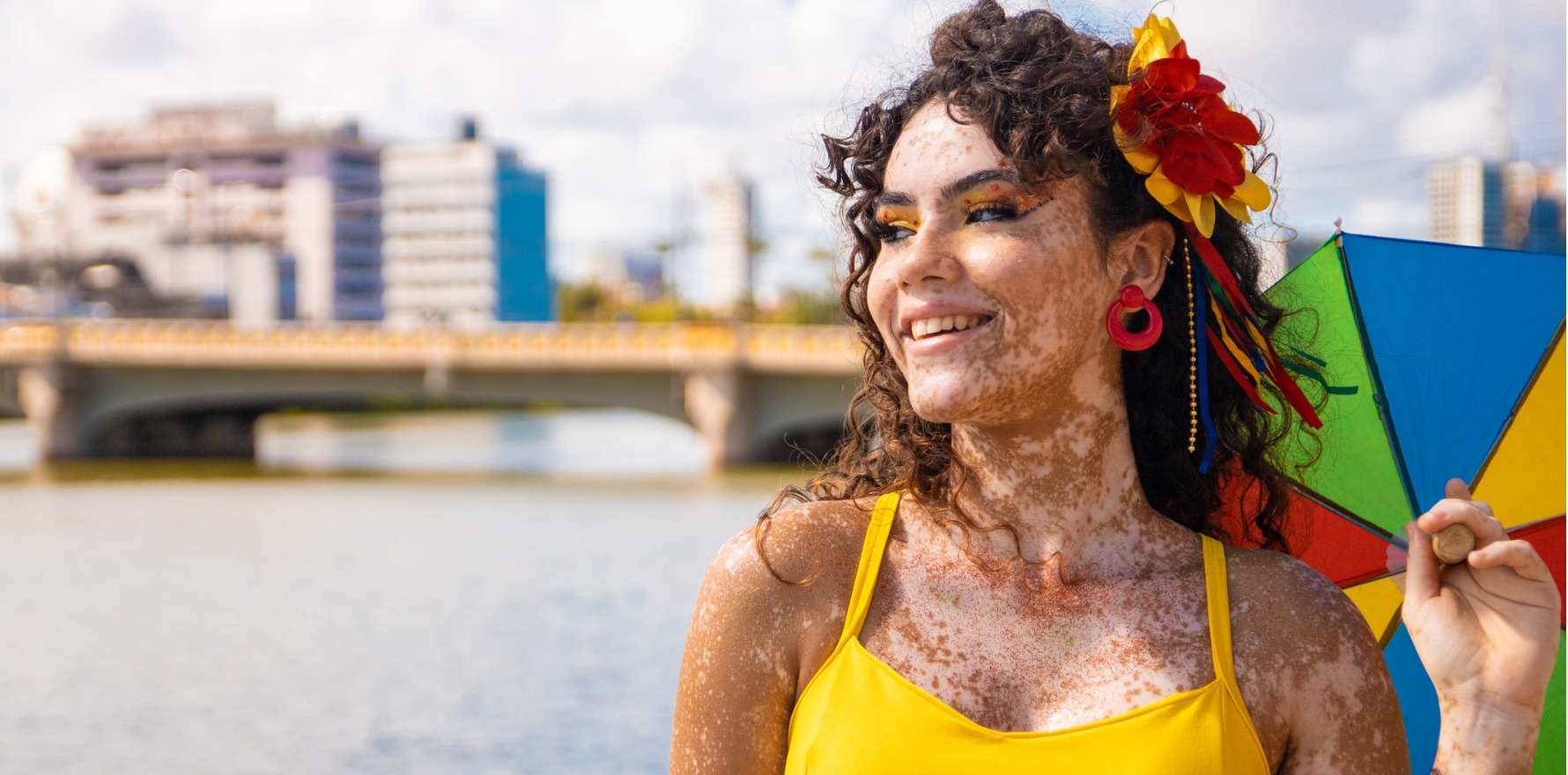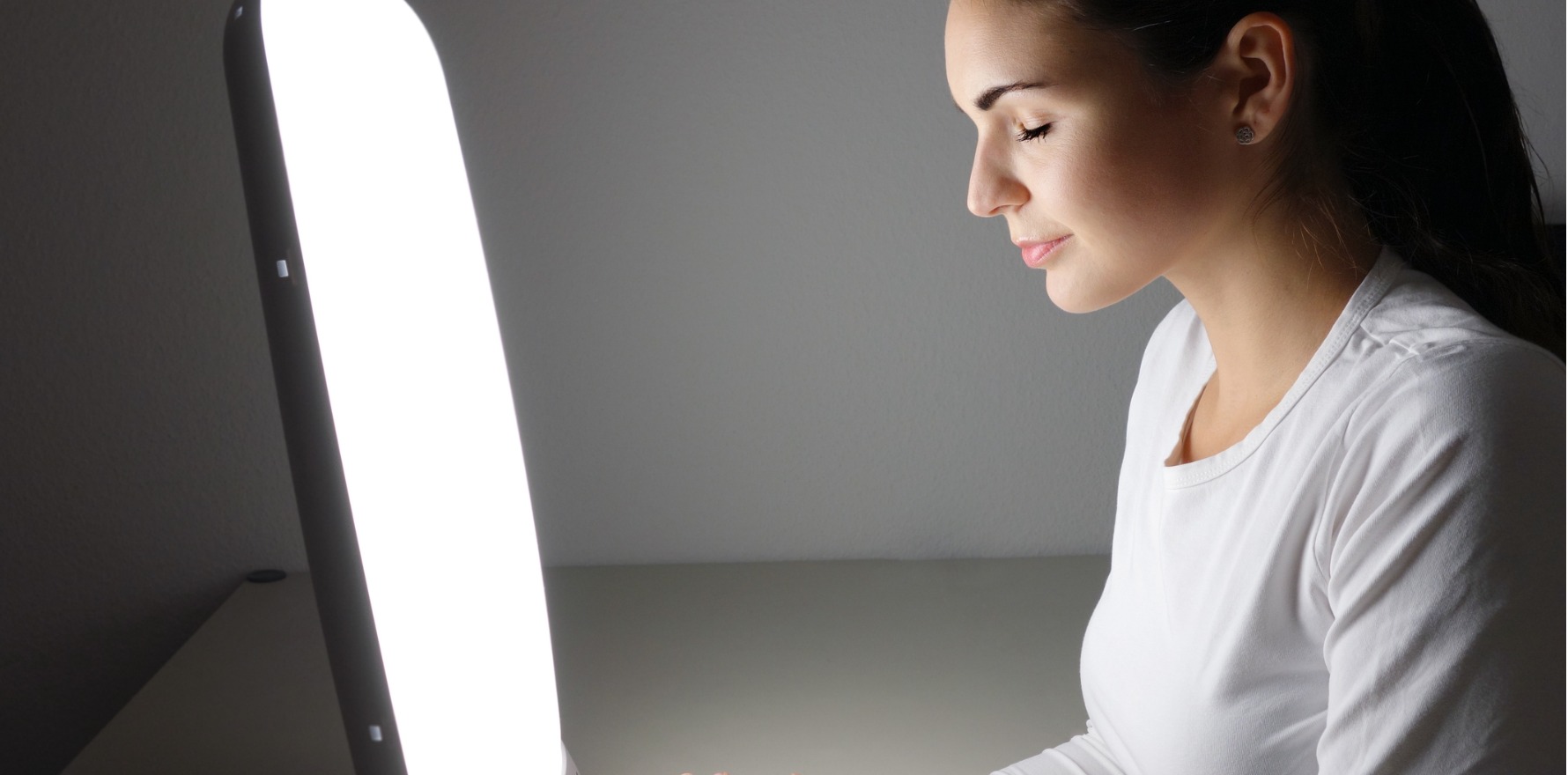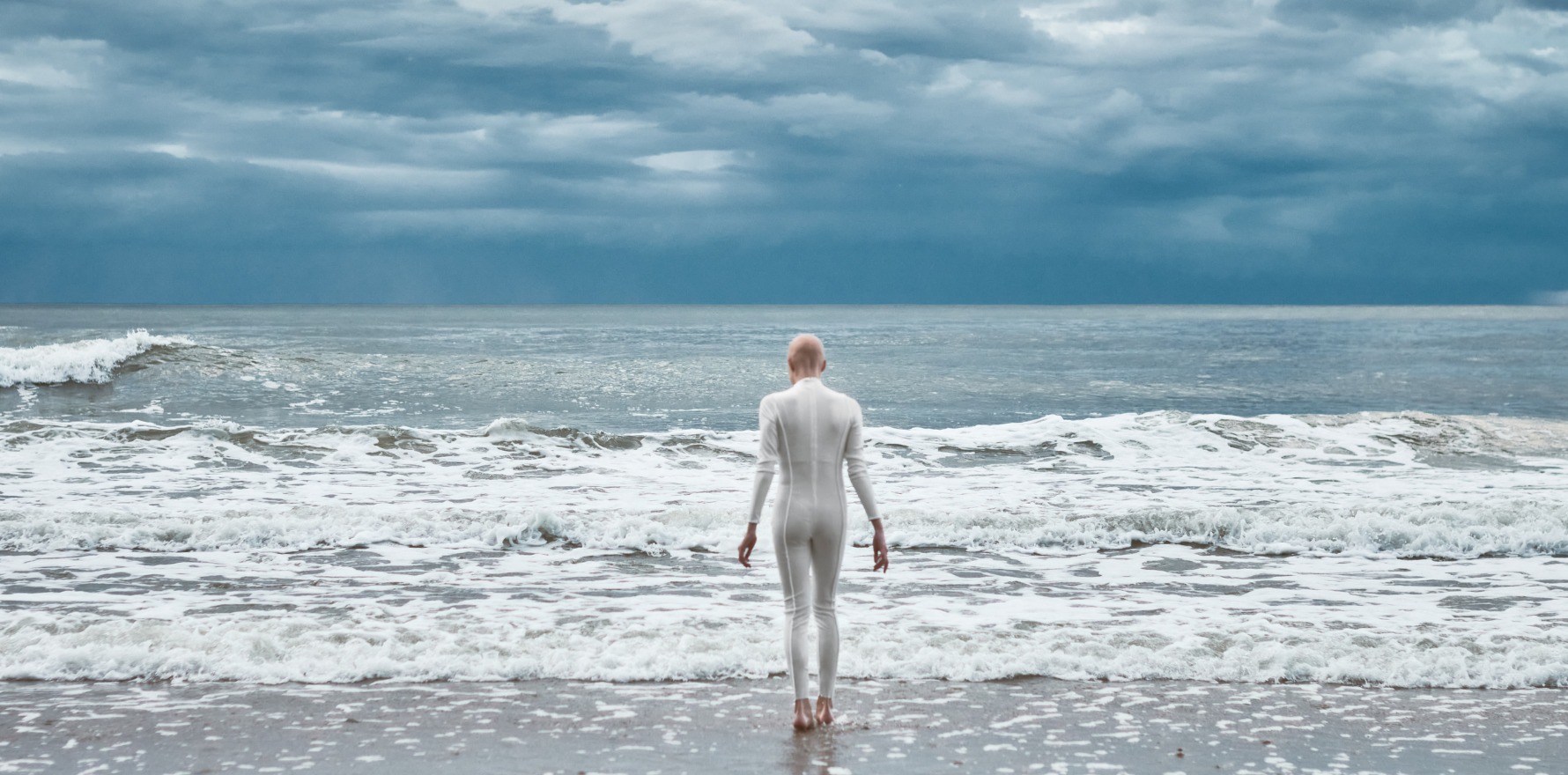14 May 2025
Oral JAKi improves phototherapy-induced repigmentation in vitiligo

Adding ritlecitib into the cornerstone of vitiligo treatment is an important step forward, according to one expert.
Combining an oral JAK inhibitor with ultraviolet phototherapy resulted in an improved therapeutic response in vitiligo, new research has found.
Narrow-band ultraviolet B phototherapy and topical JAK inhibitors are commonly used treatments for vitiligo but have poor efficacy and are associated with multiple adverse effects.
There is some evidence that oral JAK inhibitors are beneficial, although it is not clear how well these treatments work in combination with nbUVB phototherapy.
The research, published in the Journal of the American Academy of Dermatology, which explores the potential complementary effects of ritlecitinib, a JAK3 and tyrosine kinase inhibitor, and nbUVB phototherapy, reports combining ritlecitinib and nbUVB phototherapy resulted in greater reduction of vitiligo symptoms compared to pharmacotherapy alone.
Associate Professor Monisha Gupta, head of dermatology at Liverpool Hospital in Sydney, said that while phototherapy remained the cornerstone of vitiligo treatment, the increasing recognition of vitiligo as a system medical condition and treating it with oral targeted therapies had been an important step forward.
“It is very encouraging to see vitiligo – a disease affecting young adults that has a large impact on their quality of life due to the visible nature of the disease, especially in darker skinned individuals – being studied as a medical condition,” the senior staff specialist told Dermatology Republic.
“It has been lagging behind psoriasis, atopic dermatitis and hidradenitis suppurativa in terms of research for targeted therapies. Hopefully treatments will become more effective over the next few years, delivering long-term remission and safe and convenient dosing options across all ages.”
As part of the phase 2b extension study, patients with active nonsegmental vitiligo completed a 24-week, placebo-controlled dose-ranging period before being randomised to receive ritlecitinib alone (200mg for four weeks, then 50mg for 20 weeks) or in combination with nbUVB phototherapy (two sessions/week).
Twenty-nine of the 189 in the ritlecitinib monotherapy group and 16 of the 43 patients in the combined treatment group discontinued treatment during the course of the study.
Among patients with complete assessment data after the 24-week dose-ranging period, patients who received the combination treatment displayed larger reductions than the monotherapy group on both the Facial (70% reduction from baseline versus 55%) and Total Vitiligo Area Scoring indices (47% reduction versus 25% reduction).
Similarly, a greater proportion of patients receiving combination therapy achieved a 75% improvement on the F-VASI (61% versus 30%) and a 50% improvement on the T-VASI (50% versus 15%).
“The additive effect of nbUVB on repigmentation with ritlecitinib was more evident with T-VASI (which measures repigmentation on total body) than F-VASI (which measures repigmentation on the face), indicating that non-sun-exposed skin may be more sensitive to the additive effects of nbUVB on ritlecitinib than sun-exposed skin in promoting repigmentation in patients with vitiligo,” the researchers noted.
“Therefore, we might anticipate stronger synergistic effects of nbUVB in skin not regularly exposed to sunlight because sun-exposed skin already continuously receives melanocyte proliferation and differentiation effects from natural sunlight.”
The researchers felt the combination of ritlecitinib and nbUVB phototherapy addressed the underlying biological mechanisms of vitiligo in a complementary fashion.
“The additive effect of nbUVB to ritlecitinib in driving repigmentation in patients with vitiligo in this study supports a model whereby JAK3/TEC inhibition with ritlecitinib suppresses melanocyte destruction via reduction of T-cell signalling and interferon-gamma production, and nbUVB phototherapy stimulates melanocyte proliferation and differentiation,” they wrote.
Professor Gupta, who is also the head of phototherapy at The Skin Hospital in Sydney, concurred with the researchers’ explanation of the potential mechanisms underlying the observed results, but felt longer follow-up studies were required.
“This is a small group of patients who were studied for a short duration of time. On average, a response to phototherapy for vitiligo is usually seen after 40 sessions. Topical JAK inhibitors for vitiligo have also had a slow response in previous studies, so the results from an extension of this study would be interesting, if available.”
Treatment-emergent adverse events occurred in 64% of the ritlecitinib group and 74% of the ritlecitinib and UV light group, with the majority of events being of mild or moderate severity.
The most commonly reported adverse events included urinary and upper respiratory tract infections, headache and nasopharyngitis, but a small number of patients developed uterine leiomyoma, hearing loss and a decreased lymphocyte count.




